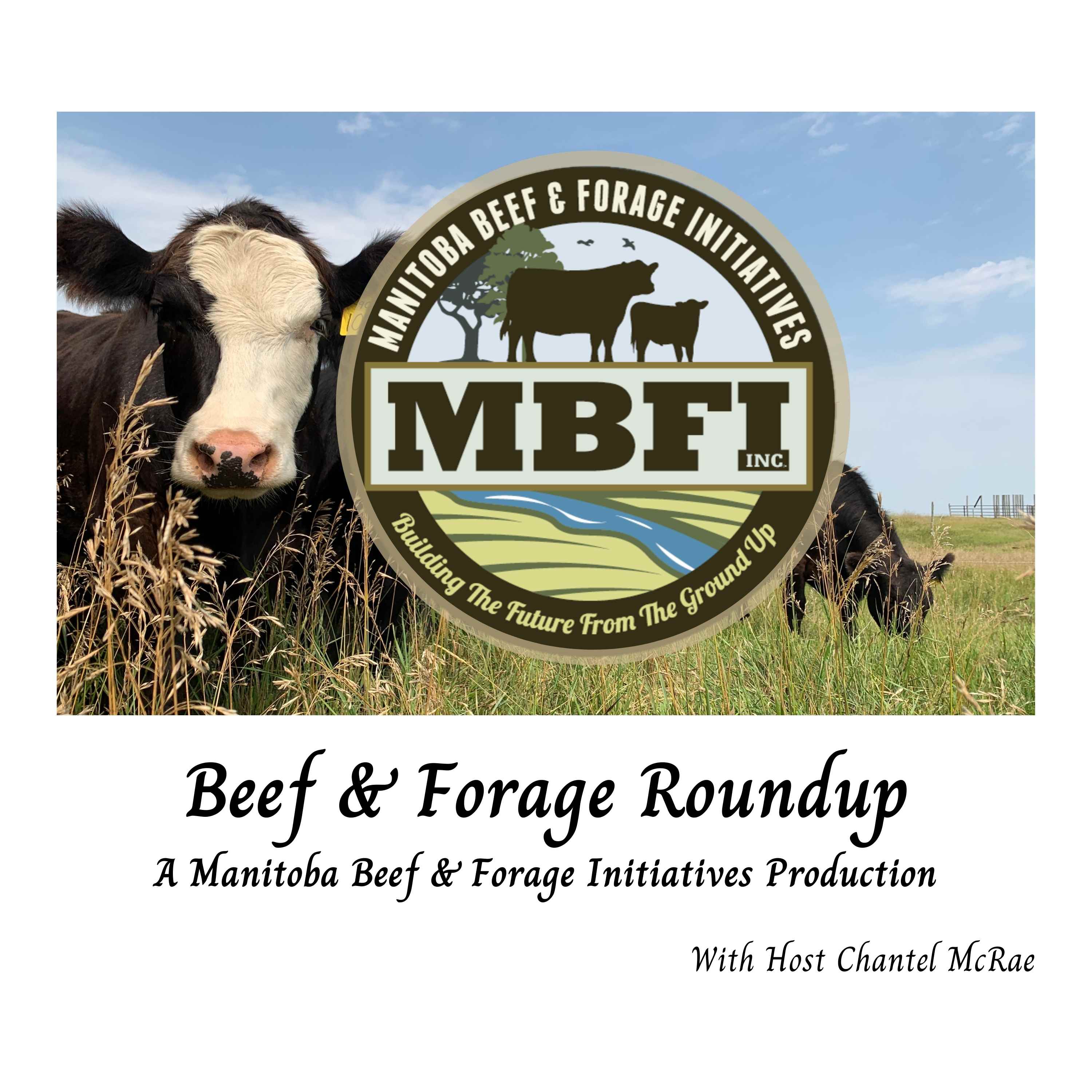Episode 65
Harvest Timing for Green Feed Study with Greg Penner (U of S)
Dr. Greg Penner is a Professor in the Department of Animal and Poultry Science and holds a Centennial Enhancement Chair in Ruminant Nutritional Physiology at the University of Saskatchewan. He was hired in 2009 after obtaining his bachelor’s degree and M.Sc. degree at the University of Saskatchewan, and his PhD from the University of Alberta.
Dr. Penner’s research focuses on forage utilization, beef and dairy cattle nutrition, and regulation of gastrointestinal function in ruminants. Individual projects range from a focus on fundamental aspects of physiology to those with applied outcomes that can help promote efficient and sustainable beef and dairy production. He has written many published papers in peer reviewed journals on his findings and has received a number of research focused awards for his work.
Greg is actively involved in teaching at the undergraduate and graduate levels within the Animal Science program in the College of Agriculture and Bioresources. Greg is also heavily involved in activity at the Livestock and Forage Centre of Excellence and enjoys outreach activities.
In today’s episode, we are talking about harvest timing for green feed. Dr. Penner shares a bit of the background on this research and what research he has done in this area. He also shares what the different stages of maturity are and a little bit about the characteristics of the crop at each stage, as a bit of an introduction or refreshed on the different stages.
Previous recommendations for cutting barley crops for greenfeed or swath grazing indicated the best time was at the early dough stage, while the recommendation for cutting oats was the late-milk stage. Dr. Penner shares the research that has been done and how this changes the recommendation. Further to this, Greg discusses the benefits and risks of leaving the crops in the field to continue maturing before cutting. We also dig into specifics of feed quality, nutrient composition and digestibility at different stages and wrap up with a discussion on how ruminally cannulated cattle have been such an important tool in this research.
For more information please visit the following article:
https://www.canadiancattlemen.ca/features/cut-cereal-crops-later-to-feed-more-cows/
To contact Dr. Greg Penner, please email him at: greg.penner@usask.ca or find him on X @Gregpenner3, University of Saskatchewan: @usask or via the Livestock & Forage Centre of Excellence: @LFCE_usask
The research programs and daily operations at MBFI would not be possible without the funding from the Province of Manitoba, Government of Canada, and Sustainable Canadian Agricultural Partnership, as well as the partnership with Manitoba Agriculture, Manitoba Beef Producers (MBP) and Ducks Unlimited Canada (DUC).
We encourage you to follow MBFI on social media, or check out the website for more information on project findings and results, upcoming events and more!
Instagram: @MBBeefandForage
Facebook: @MBBeefandForage
X (Twitter): @MBBeefandForage
Website: www.mbfi.ca
Email address: information@mbfi.ca
Mary-Jane’s Phone Number: 431-255-0011
